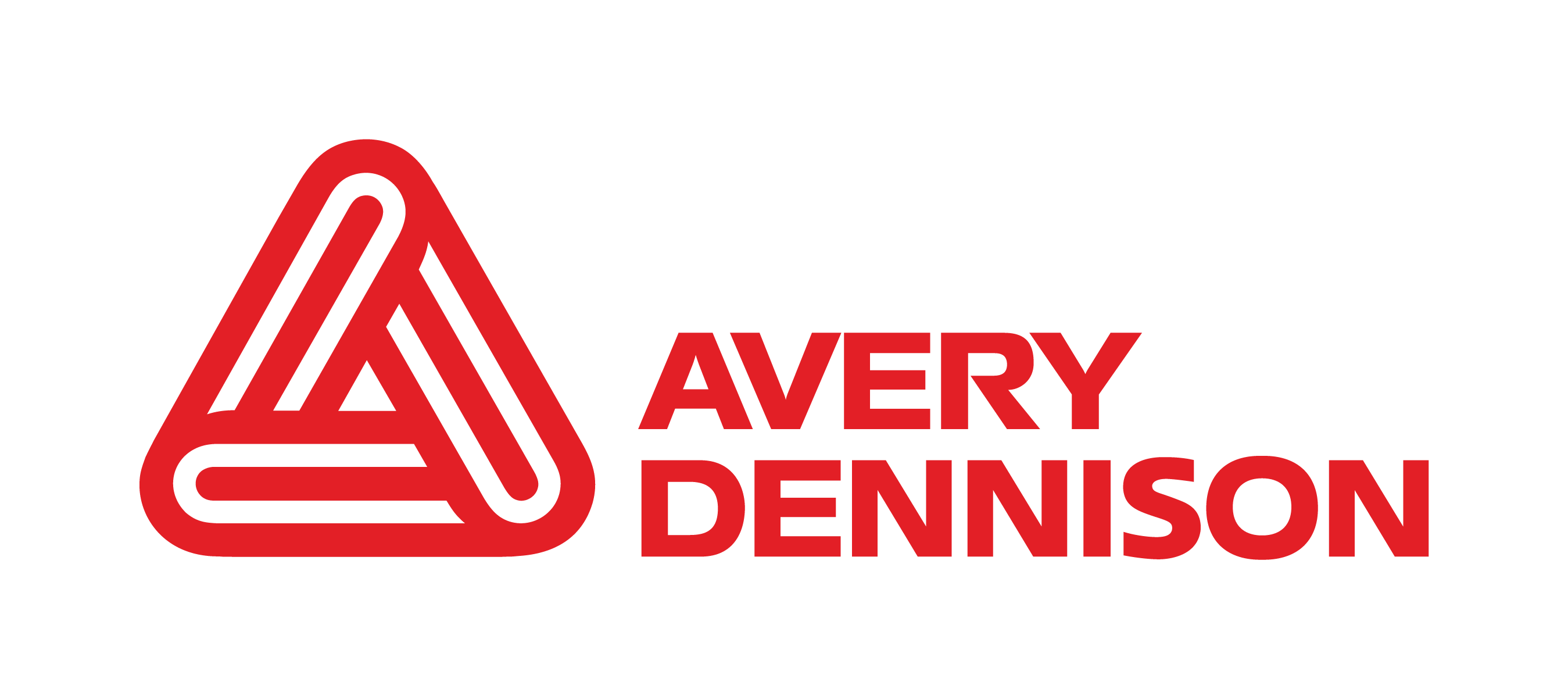Achieving 100% accuracy across your entire product line requires a systematic approach. Here are five practical tips for manufacturers.
1. Invest in professional nutritional analysis
Guesswork has no place in creating a nutritional information label. The most reliable way to obtain accurate data is through professional laboratory analysis. A certified lab can test your product to determine its precise nutritional composition. Alternatively, using accredited software that calculates nutritional values based on a product's recipe can be a valid method, provided the ingredient data is accurate and from a reliable source.
2. Standardise your recipes and processes
Consistency is key. Any variation in your recipe or production process can alter the nutritional content of the final product. Implement strict quality control measures to ensure that every batch is made with the exact same ingredients and proportions. Document all recipes and processes thoroughly, and train your staff to follow them precisely.
3. Understand the relevant regulations
Food labelling laws are complex and subject to change. It is your responsibility to stay current with the latest regulations from the Food Standards Agency (FSA) and other relevant bodies. Invest time in understanding the specific requirements for your product type, including formatting, font sizes, and placement of the nutrition label. Consider subscribing to industry newsletters or consulting with a regulatory expert to stay informed.
4. Implement a verification system
Before any packaging goes to print, implement a multi-stage verification process. This should involve several team members, including someone from quality assurance and a regulatory specialist, checking the final label design against the nutritional analysis report and regulatory guidelines. This simple cross-checking process can catch costly errors before they reach the consumer.
5. Keep meticulous records
Maintain detailed records of everything related to your food nutrition labels. This includes your nutritional analysis reports, recipe formulations, supplier ingredient specifications, and final packaging proofs. Should a regulator or customer ever question your label's accuracy, you will have a complete paper trail to demonstrate your due diligence and commitment to compliance.



